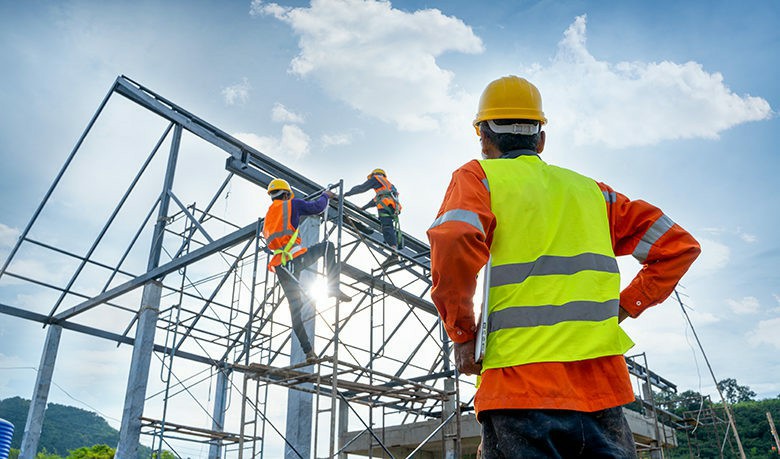


 349,500 Offered Certificates
349,500 Offered Certificates
 24/7 Online Training
24/7 Online Training
 Money Back Guarantee
Money Back Guarantee
 Fully Accredited Courses
Fully Accredited Courses

Created at: 22-02-2025 17:24
In today's fast-paced work environment, ensuring the safety of employees working at heights is a top priority for businesses worldwide. Traditional training methods often fall short in providing the hands-on experience and engaging learning environments needed for effective safety training. Enter virtual reality (VR), a groundbreaking technology that is revolutionizing Working at Heights training. This blog post delves into how VR enhances learning retention, provides hands-on experience in a safe environment, and significantly reduces training costs.
Working at heights presents inherent risks, making comprehensive training essential. Accidents can lead to severe injuries and fatalities, underscoring the importance of effective training programs. Traditional training often relies on theoretical knowledge and passive learning, which can result in poor retention rates. With the advent of technology, VR training stands out as a highly effective alternative.
One of the significant advantages of Working at Heights training using VR is its ability to enhance learning retention. Studies show that immersive experiences can improve knowledge retention by up to 75% compared to traditional methods. This is due to several key factors:
VR technology allows trainees to practice in a safe, controlled environment without the risks associated with actual heights. Key benefits include:
Incorporating VR in Working at Heights training can lead to significant cost savings for organizations:
Organizations looking to integrate VR into their safety training programs can take several steps:
Numerous organizations have already started reaping the benefits of VR in their Working at Heights courses. Here are a few notable examples:
Virtual reality is not just a passing trend; it is a powerful tool that is transforming how companies approach Working at Heights safety training. By enhancing learning retention, offering hands-on experiences safely, and reducing overall training costs, VR is positioning itself as an essential component of modern workplace safety programs.
Interested in revolutionizing your safety training methods? Explore our Working at Heights course today! For inquiries, contact us at [email protected].